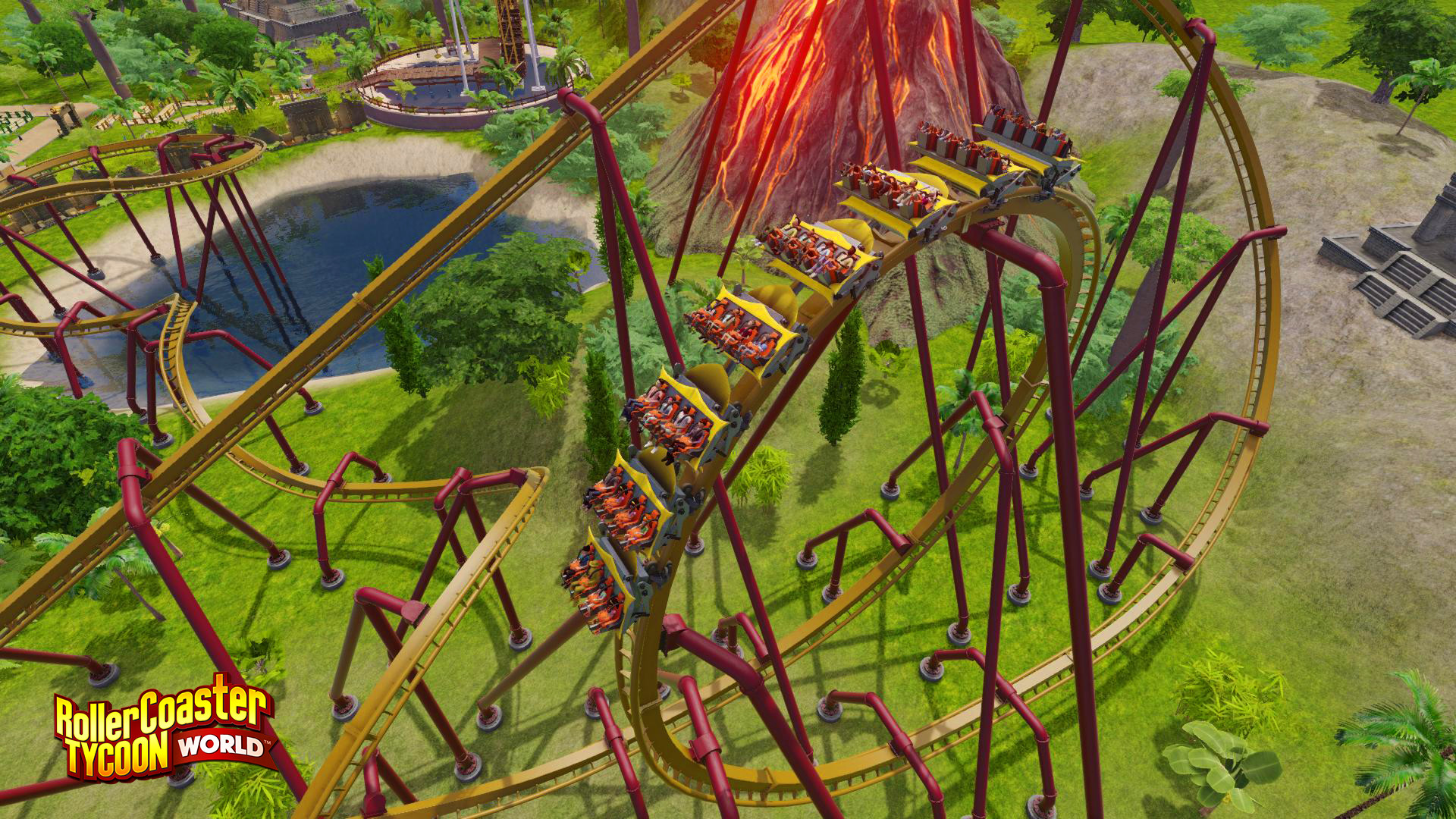

User-created scenery items make a debut in this title. Some old ride designs have been merged with others. Many of the rides from the original RollerCoaster Tycoon have been modified and/or renamed. The mechanics in the predecessor made custom building construction less efficient, and rides and shops were previously unable to be built at varying elevations in that game, only rides that had tracks could be built underground, since the first section of any ride had to be placed above ground. The game provides greater flexibility by allowing pieces of scenery, rides, and other structures to be placed at varying heights above and below ground. One notable difference from RollerCoaster Tycoon is a more robust system for building structures, in which one can lay each piece of wall and roof individually. Players must balance their budget in their expenses and income while doing this. The player satisfies the needs of the visitors by building food stalls, bathrooms, and souvenir shops as well as facilities and services, such as ATMs and information kiosks.

Various attractions, including transport rides, gentle rides, thrill rides, roller coasters, water rides, and shops or stalls, can be added to the parks as well as landscaping and decorations. The game returns to isometric projection which debuted with the predecessor, allowing for a large degree of compatibility. RollerCoaster Tycoon 2 tasks players with managing amusement parks in different scenarios with the goal of having them succeed in different ways. The features and expansions were later ported to RollerCoaster Tycoon Classic in 2017.

Developed by Chris Sawyer Productions and published by Infogrames, the game was released in October 2002 as the sequel to RollerCoaster Tycoon and the second game in the RollerCoaster Tycoon series.

RollerCoaster Tycoon 2 is a construction and management simulation computer game that simulates amusement park management.


 0 kommentar(er)
0 kommentar(er)
